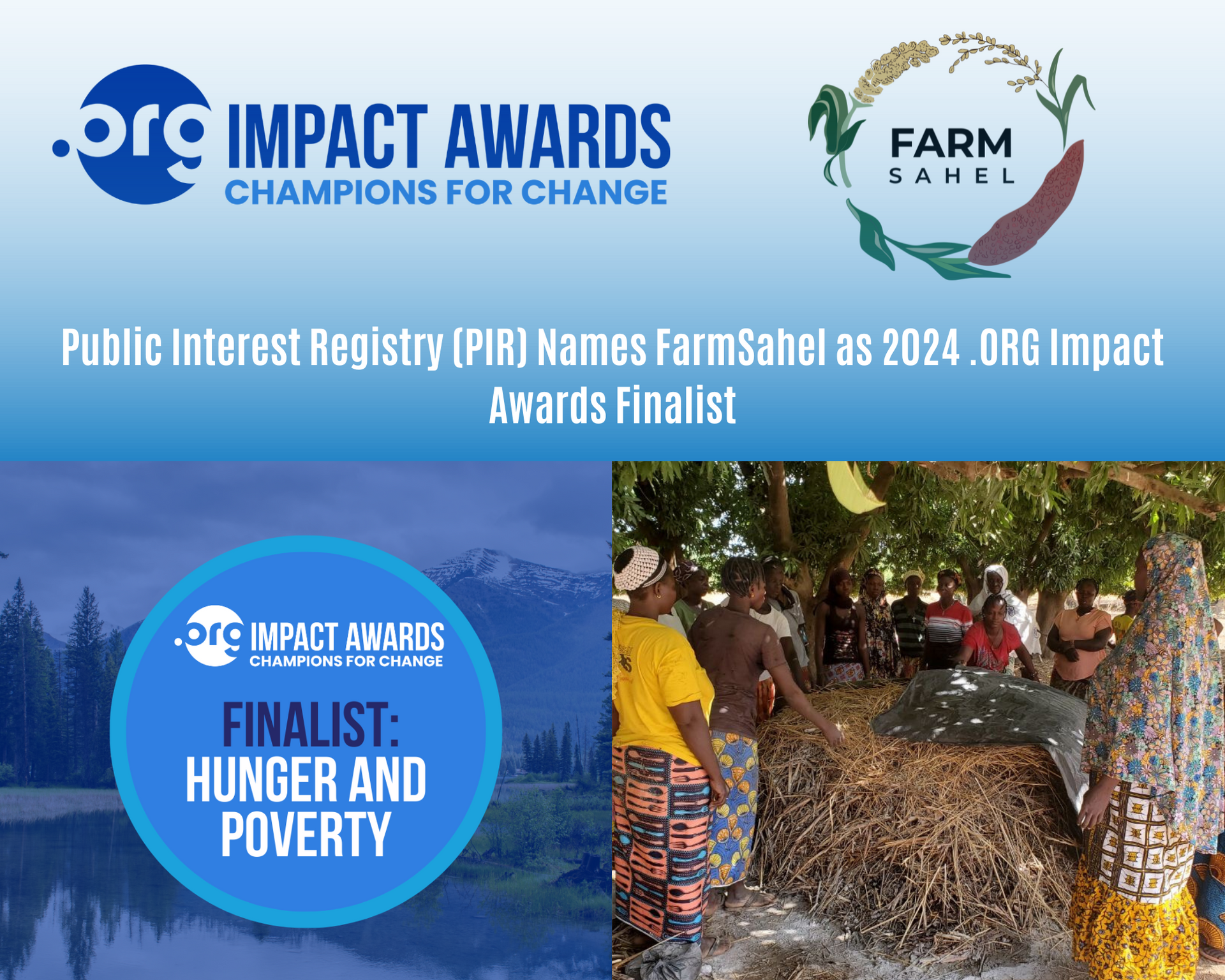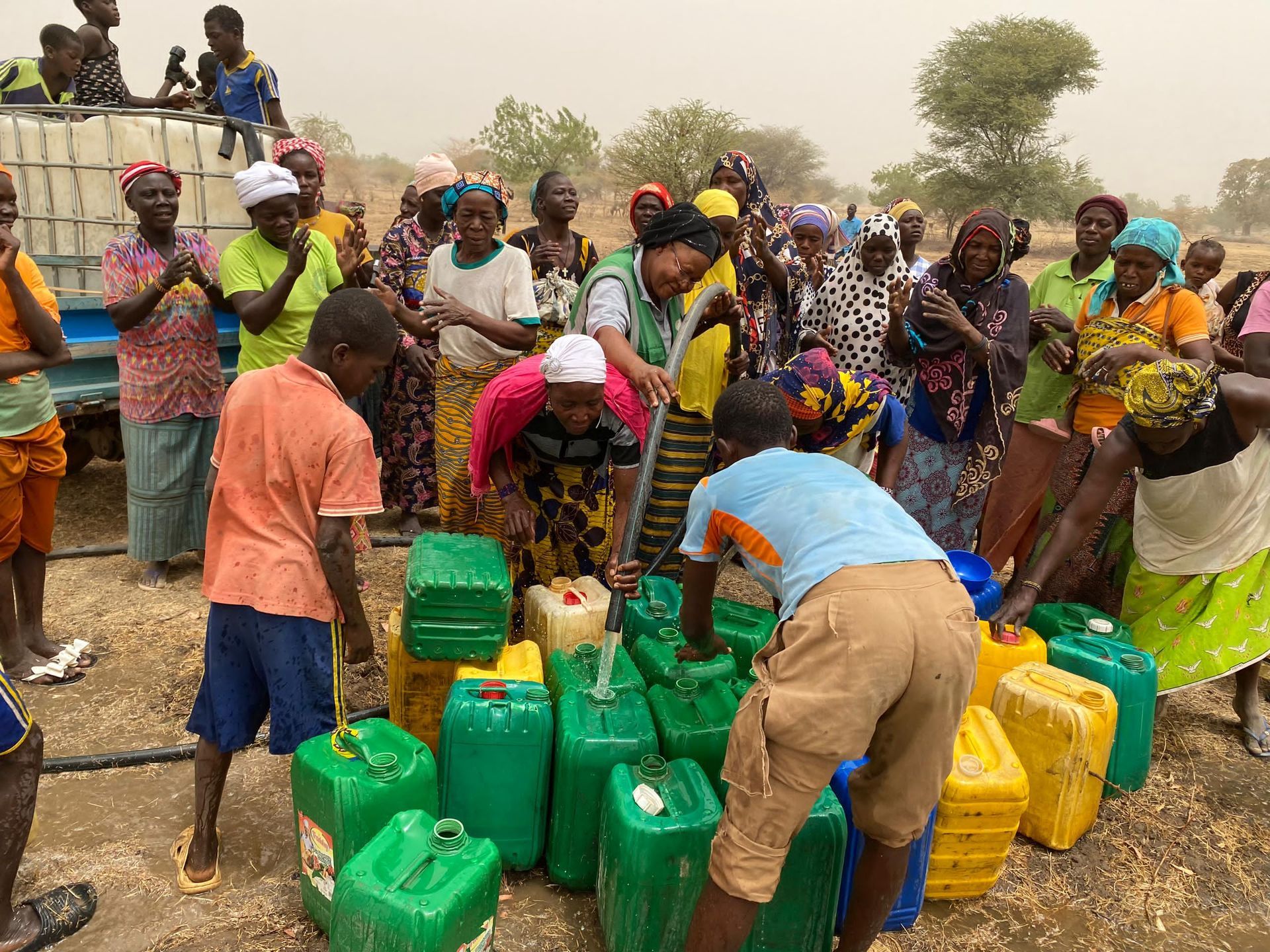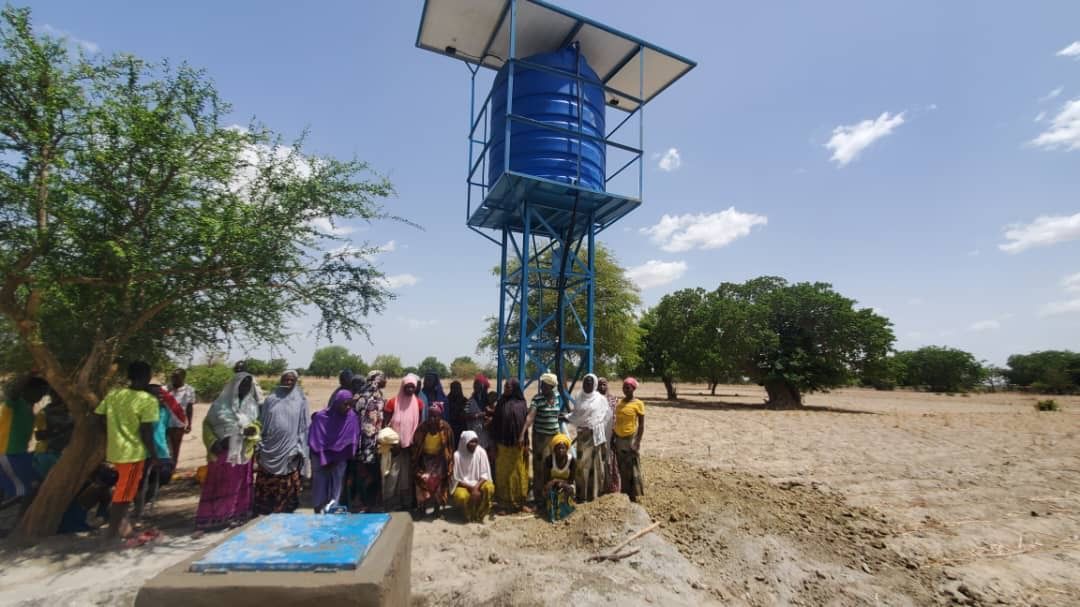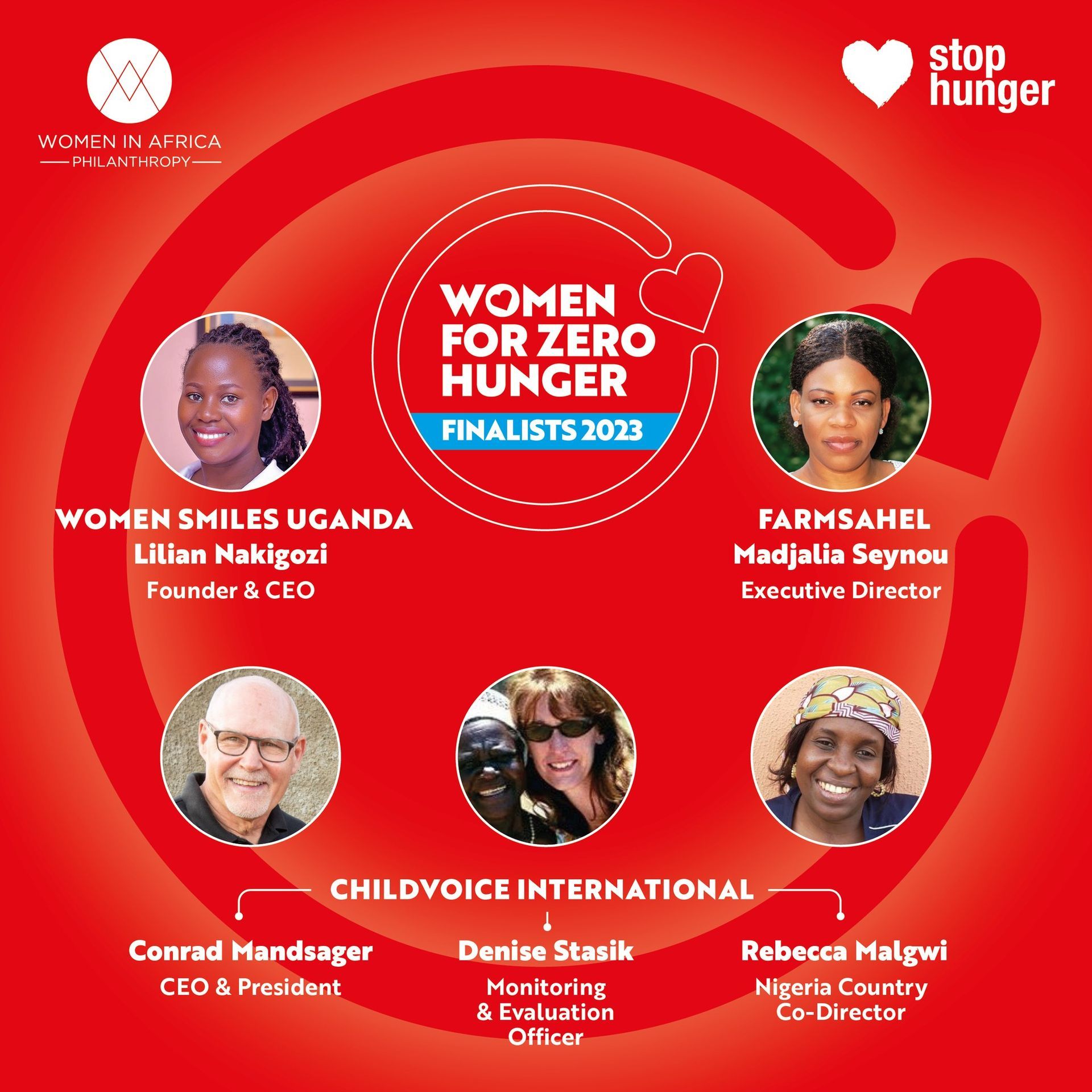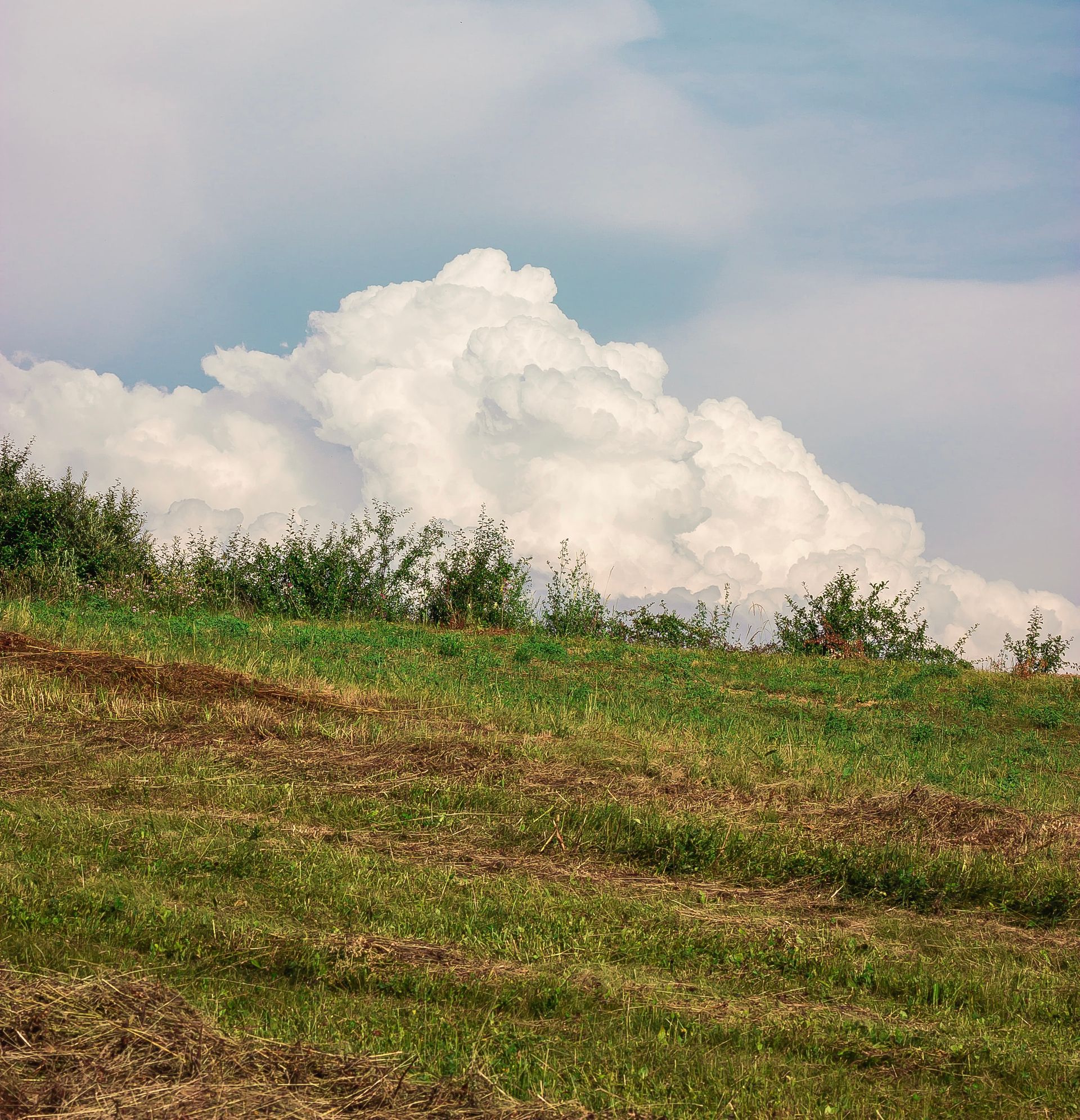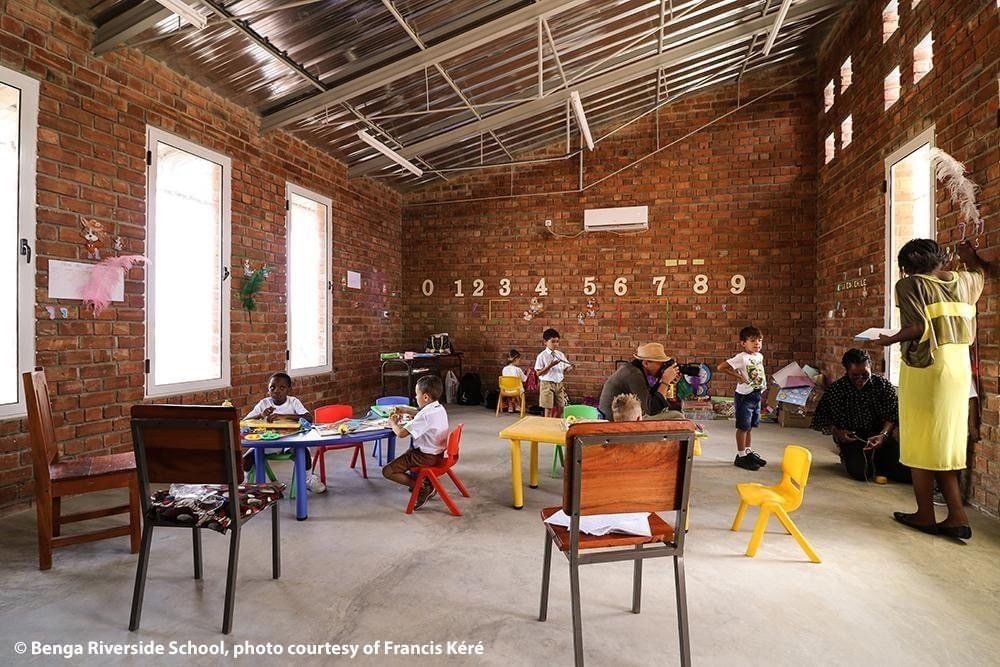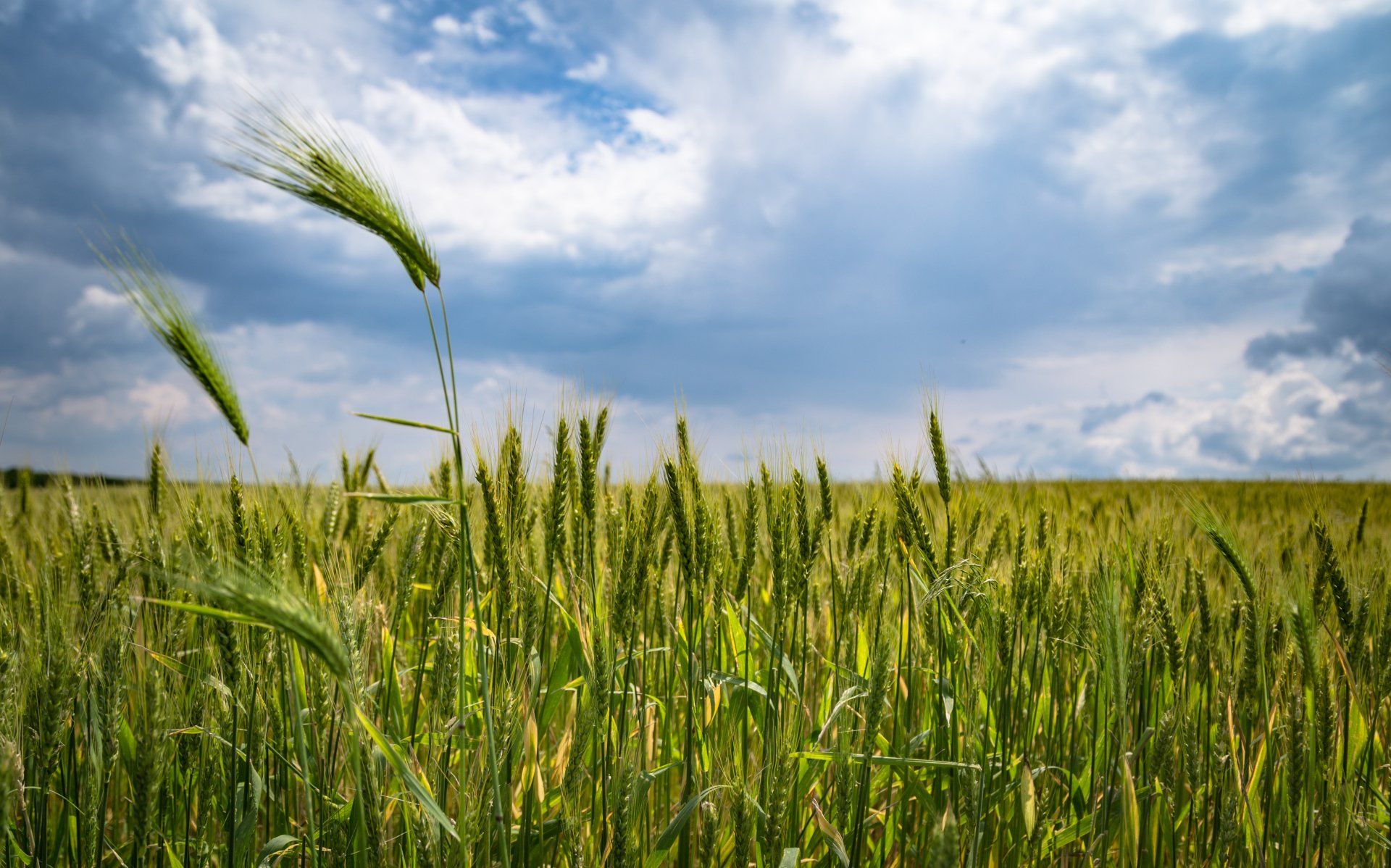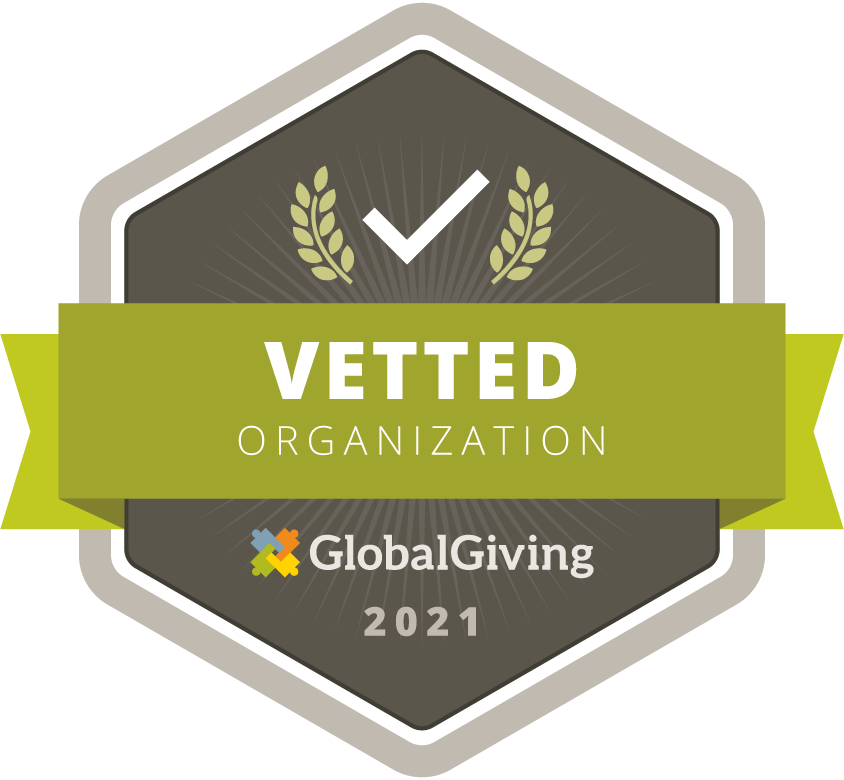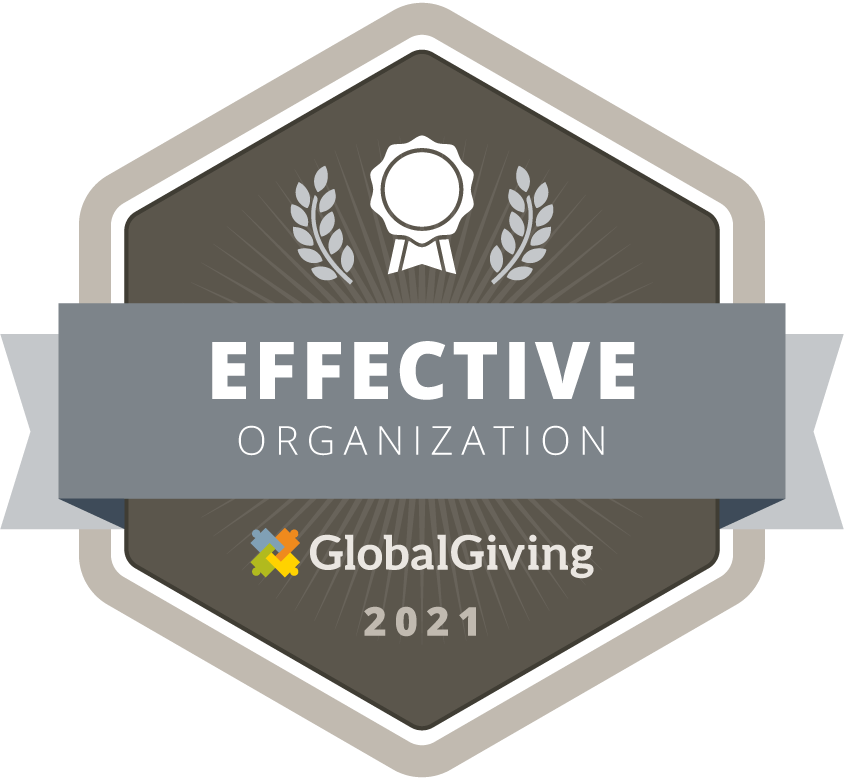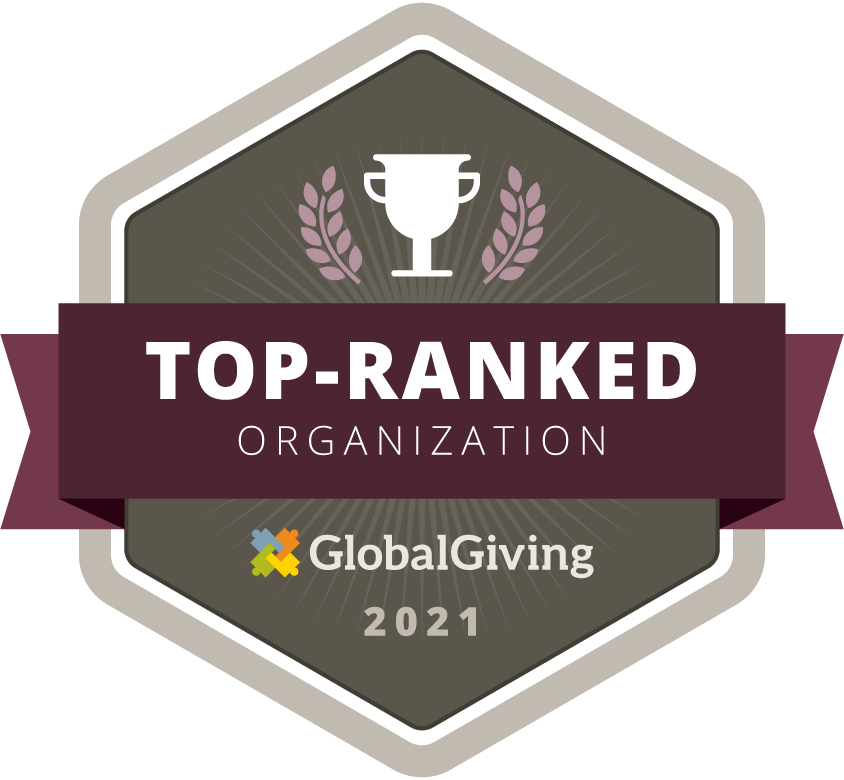Farming in Sub-Saharan Africa
Sub-Saharan Africa’s population is over 1.33 billion, which is roughly 17% of the world’s total population. Of this 1.33 billion, 61% of the Sub-Saharan population is involved in agriculture directly or indirectly. By 2050, the population is expected to double- this will lead to an unproportionate amount of the population under the age of 25. This means that the food supply will need to exceed double in order to feed a primarily young population.
Overall, the region contains 2455 million hectares of land; of this, about only 174 million hectares are cultivated for annual and perennial crops. This is approximately ¼ of the region’s true potential. Of the total arable land in Sub-Saharan Africa, arid and semiarid agricultural regions compose 43%.
Despite the richness in natural resources, there seems to be a huge gap between food production and consumption patterns. The region has to rely on importing crops such as rice, maize and wheat to meet its own local food needs. Sub-Saharan Africa has the lowest per hectare yield of major cereal crops despite the several farming systems that have been implemented. These systems have certain limitations that need critical attention by their local governments, as well as relevant organizations, in order to benefit the farmers as well as their respective countries and people.
Irrigated Farming
The irrigated farming system in Sub-Saharan African consists of irrigation schemes that cover about 35 million hectares of land- within this area exists a population of over 7 million people. The average farm here varies from 1 hectare of land to 22 hectares of land per family. Additional irrigation is derived from rainfall, which families are very dependent upon. Crop failures in this area are minimum, but the farmer’s income is subjected to water scarcity. Thus, livelihoods are vulnerable to water shortages, as well as scheme itemizations, and flagging input and output prices. Multiple schemes are wearing out due to excessive institutional documentation and local distortions. However, with the right amount of attention and priority, water scarcity can be resolved to drastically boost agricultural production.
Trees & Crops Interculture
Intercultural tree and crop practices are observed in the humid areas of Western and Central Africa. Almost 73 million hectares, and a population of 25 million people, depend on these practices. However, only 100 thousand hectares are irrigated out of 10 million hectares of cultivated area.
The dominant tree crops include rubber, cocoa, oil palm and coffee while the intercrops include legumes, cassava and various vegetables. Mainly, both of these types of crops rely on rain-harvest water and direct precipitation. Inter-cultured crops are dealt with as cash crops to meet routine living expenses.
Cereal-Root Crop Mixed Farming
Cereal-root crop mixed farming is practiced in regions of Southern and Central Africa, as well as both dry and sub-humid regions of Western Africa. This covers about 315 million hectares, with a population over 59 million in these regions. Approximately 42 million cattle heads are raised in these areas. Out of the 31 million hectares of cultivated area, only 400 thousand hectares get irrigation from multiple irrigation systems.
Common cereals include sorghum, maize, millets as well as the root crops yam and cassava. Intercropping patterns and rotations bring multiple sources of income for farmers. Maize, sorghum and millet are widely cultivated, but it is the root crops that bring instant cash. They can be immediately sold in local markets. Intercropping is a routine practice that strengthens this particular farming system, due to these crops’ significance worldwide.
Drought is a major problem for crop mixed farming and can severely limit overall crops under yield potential. Strengthening this system may lead to a strong boost of agriculture production in the area and add a significant amount to the gross income of farmers.
Maize Mixed Farming
Maize mixed farming is mostly adapted to Southern and Eastern Africa and extends across plateaus as well as higher altitudes ranging between 800 to 1500 meters above sea level. This area covers about 246 million hectares, with a population of 60 million. Out of this area, only 32 million hectares are cultivated for use.
The primary farming income is from maize, the main staple of food. Livestock also contribute greatly to the daily living of the agricultural community. Cotton, coffee and tobacco are common cash crops.
The high prices and scarcity of agricultural inputs like seeds, fertilizers, insecticides and farming equipment are all potential threats to meet the yield potential of maize crops in these areas. Drought mixed with the volatility of agricultural input prices is a major constraint for the agricultural community here. Otherwise, the growth opportunities are countless for local farmers, as well as Sub-Saharan and international investors.
Agro-Pastoral Farming
This farming system relies on livestock farming, primarily in arid and semiarid parts of Southern and Eastern Africa, as well as semiarid Western Africa. Only 22 million hectares of cultivated land are used for agro-pastoral farming; due to the limited availability of cultivated land in these areas, there is often a scarcity in food production.
The overall area consists of 198 million hectares, where crops can be as equally important as livestock. Small farmers will generate earnings through pulses and sesame, while stable crops like pearl millets and sorghum are the major food source.
The main issue is water scarcity for over 25 million cattle heads, on 22 million hectares of rain-fed agriculture.
Types of Crops in Sub-Saharan Africa
Irrigated Crops : Rice, Maize, Wheat, Vegetables, Banana, Sweet Potato, Sunflower, Coconut, Potato, Enset and Cassava
Cereal Crops : Wheat, Rice, Barley, Sorghum, Maize and Pearl Millets
Tree Crops : Date Palms, Cocoa, Coffee, Palm and Rubber
Root Crops : Yam, Sweet Potato and Cassava
Vegetable and Herb Crops : Beans, Plantain, Peanut, Peppers, Eggplant, Cucumber, Rooibos, Devil’s Claw, Buchu, Cape Aloe and Hoodia
Cash Crops : Tef, Legumes, Tobacco, Cotton, Cocoa, Lentils, Cashew and Vegetables
Potential Threats and Strategic Priorities for Sub-Saharan Africa
Water Shortages
Sub-Saharan Africa consists of an extensive nature of farming systems, and there is a significant chance for further improvement in terms of yield potential. Only 6% of arable lands are irrigated here; compare this to Asia, where this ration stands at 40%. Additional optimization of water resources along with prospecting water-saving irrigation practices such as drip irrigation, sprinklers and hydrophonics would lead to boosting yield potential of all farming systems in use. If Sub-Saharan Africa manufactured local irrigation systems, the prices could potentially be 1/3 of the imported systems.
Agricultural Inputs
The majority of the farmers are smallholders, where sustainable agriculture intensification would trigger production. Easing and increasing access to agriculture inputs through government intervention, such as subsidies, before sowing season will lighten the burden on farmers along with controlling the prices of seeds, fertilizers, insecticides and farm equipment. Adoption of precise and innovative technologies would be a terrific milestone for farmworkers as to ease operations on smaller farms.
Diseases and Pests
Diseases are unfortunately a major threat for African farmers; some diseases are native to the region, while others are either seeds born or brought through imported goods from different sources of origin due to weak quarantine laws. Similarly, more than 50 insect pest species are invasive to African climates, such as the melon fly, the green citrus aphid and the fall armyworm. Farmers require interactive training on how pests damage crops, how to identify them and control them using precise doses of insecticides. On the other hand, authorities should be required to observe stricter quarantine laws while importing seeds and seedlings for planting and food for local consumption.
Market Accessibility
Supply chains in Sub-Saharan African agriculture normally do not exist or are very fragmented if they do. This can be observed for farm productions as well for farming inputs. Farmers pay multiple commissions to intermediaries until the production reaches end-users; inputs reach farmers after 3 to 4 hand changes, which ultimately adds 2 to 3 folds to its source price. Generally, 50% or more markups are added by functional intermediaries working as dealers, vendors and distributors. An effective supply chain could benefit farmers in purchasing inputs at fair prices, along with disposing their produce at competitive rates in the market. This is possible through community-based e-commerce or motivating farmers to develop aggregator economic models in the region.
The copiousness of natural possessions in the region guarantees a projection in the agricultural development, provided that incentive-based schemes are launched within small farm holders to boost national production levels. The phenomenon of Farmer’s Field School can lead to developing an interactive approach to learn technologies and innovations with the collaboration of International Agriculture Input Manufacturer; this will allow all efforts and work to be made in the best interest of their respective regions.


